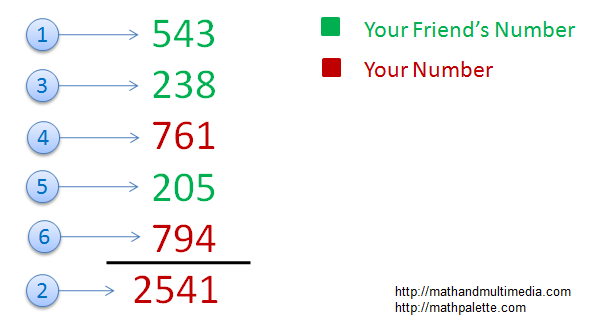Understanding If Then Statements and Counterexamples
If then statements are common in everyday conversations. If mom is going home this holiday season, then we are going to have a grand celebration. If you pass the exam, then I’m going to buy you a tablet. But how is if then statements related to mathematics?
If then statements can be seen in almost every field of mathematics. They are mostly found in mathematical proofs. You will have to familiarize yourself with its structure if you are going to be a mathematics major in the future.
In the statement “if a polygon is a square, then it is a rectangle,” we call the “a polygon is a square” the antecedent or the hypothesis, while “it is a rectangle” is called the consequent or conclusion. » Read more

